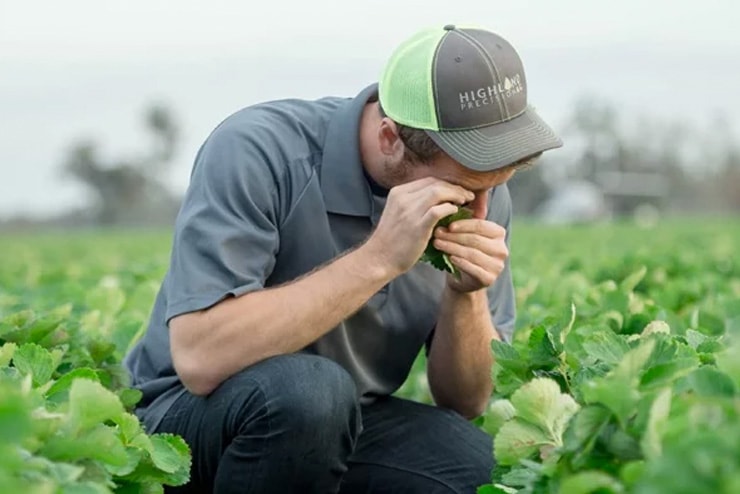Climate change. No one wants to talk about it, yet, it’s something that will continue to have an impact on the agriculture industry for years to come. And farmers—arguably the individuals most affected by weather variability—may be on the front lines in the battle against it, armed with more sustainable farming practices, such as precision agriculture technologies.
Currently, agriculture (farming, forestry and livestock-rearing) accounts for nine percent of greenhouse gas emissions in the United States. While forestry helps offset some of those emissions, the agriculture industry can help maintain and improve the emission rate, according to U.S. Secretary of Agriculture Tom Vilsack in an interview with Scientific American™.
“We need to do a better job of maintaining soil health. We need to do a better job of nutrient management. We need to do a better job with our scarce water resources. We need to do a better job of how we raise livestock and how we graze to maintain sequestered carbon. We need to do a better job of maintaining forests, plant more trees in cities and embrace wood as a building material so that the carbon is stored rather than burned up in forests fires. We need to continue to focus on energy efficiency and renewable energy,” explains Vilsack. “We need to do all that—and agriculture can.”
Vilsack believes that the agriculture industry can double their emission reductions, helping the U.S. meet goals set in the Paris Agreement. Conservation-focused farming practices, like implementing precision agriculture technologies, can help farmers reduce their use of fertilizers and pesticides, which will lead to reduced emissions from agriculture practices.

But Vilsack and the USDA know that in order to solve a problem you need to get to the root of it. In the “Building Blocks for Climate Smart Agriculture and Forestry” report—a follow up to 2015’s “10 Building Blocks for Climate Smart Agriculture”, the USDA announced that $72.3 million will be invested in soil health and nutrient stewardship through the Natural Resources Conservation Service’s Environmental Quality Incentives Program.
No matter how politically charged the issue might become, being a friend of the land is essential to reducing the emission rate. When growers adopt sustainable farming practices, they can make more accurate decisions and increase their yields—all while reducing the amount of waste they use.
Read the full interview with Tom Vilsack on Scientific American™.